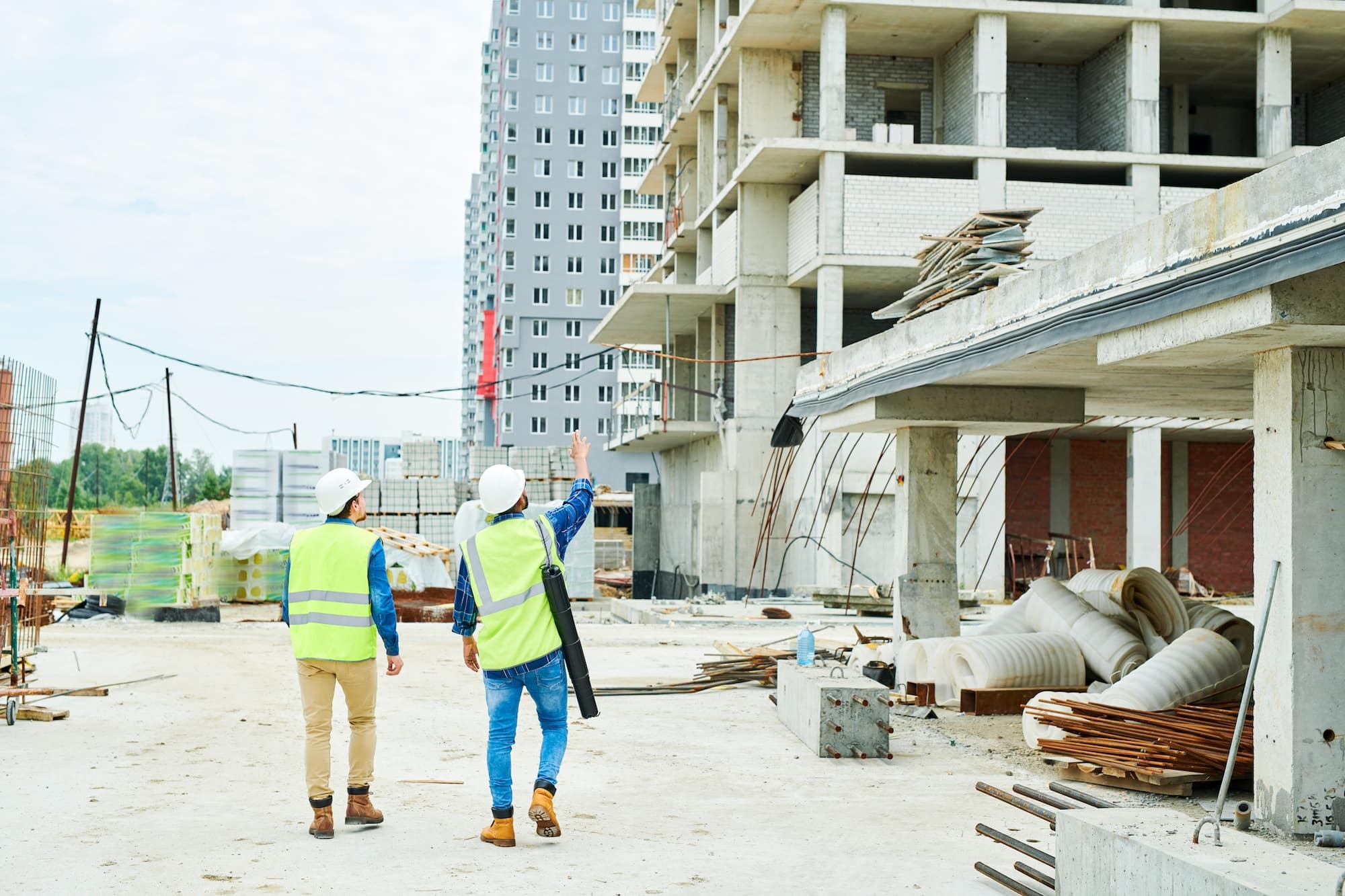Temperature monitoring is a critical component in many sensitive environments — one of which is server rooms. As a centralized center for businesses to manage computing and networking resources, server rooms are home to racks of computer and network hardware, with anywhere from tens to hundreds and even thousands of servers as well as other IT equipment. In the event the hardware overheats, the impact can be catastrophic.
Setting the scene for the benefits of a server room temperature monitor, let’s first look at how heat can be generated in a server room and, secondly, what this build-up means for the room’s hardware.
The Temperature Dynamics in a Server Room
As the Data Center Frontier reports, early server racks were outfitted with power densities of 3 to 5 kW per rack, which translated into relatively little heat being released. Over time, central processing units (CPUs) have followed Moore’s Law and become increasingly powerful (and smaller) while meeting the exponential growth of “cloud computing”. The greatly increased density of the internal circuitry requires more power to run CPUs and CPUs are packed more closely together, which dramatically increases the power usage within each server rack.
Considering these variables, the power densities of server racks have risen to 20 kW and higher per rack and have led to great increases in heat emission. Multiply the heat emission of one server rack by multiple rows of racks and it’s easy to see how the amount of heat generated in a server room can add up fast. And without continuous cooled air, the servers will overheat.
When a server is exposed to prolonged high temperatures, there’s a direct impact on the performance of the system. Heat stress will decrease server reliability and eventually lead to premature system failure. According to some studies, a minor increase in temperature can decrease the lifespan of a hard drive by two years. Alongside hardware replacement costs, the productivity loss of a failed server also represents a tangible sunk cost for businesses.
In an effort to place numbers around the cost of server failure, here are a few factors to keep in mind. The purchase of a new server can come with a price tag of anywhere between $1,000 to $2,500. Then, there’s the supplemental hardware costs for CPUs (usually about $900), RAM (typically about $350), and a hard drive (usually about $250) — among other expenses, including the installation costs. The average server takes four to five hours to install and IT staff are paid an average of $100 per hour.
Monitor Your Server Room With a 24/7 Temperature Sensor
While specialized cooling systems can help control the level of heat generated in server rooms by directing cool air into the racks, dynamics can also change. Increases in server usage or the addition of new equipment can cause heat levels to increase, while unexpected failures within the cooling system can put critical hardware at risk.
Whatever the cause for concern may be, the 24/7 temperature monitoring solution from CORIS serves as a safety net to keep your server room assets safe. When the temperature or humidity inside a server room rises above predefined thresholds, business personnel are alerted to the issue in real time so they can act fast to protect mission critical systems and data from damage. An additional benefit includes analyzing trends and patterns in the temperature data to provide insight into ways to conserve energy and amplify performance in the server room.
Ready to invest in reliable server room monitoring? Connect with CORIS to learn more.





